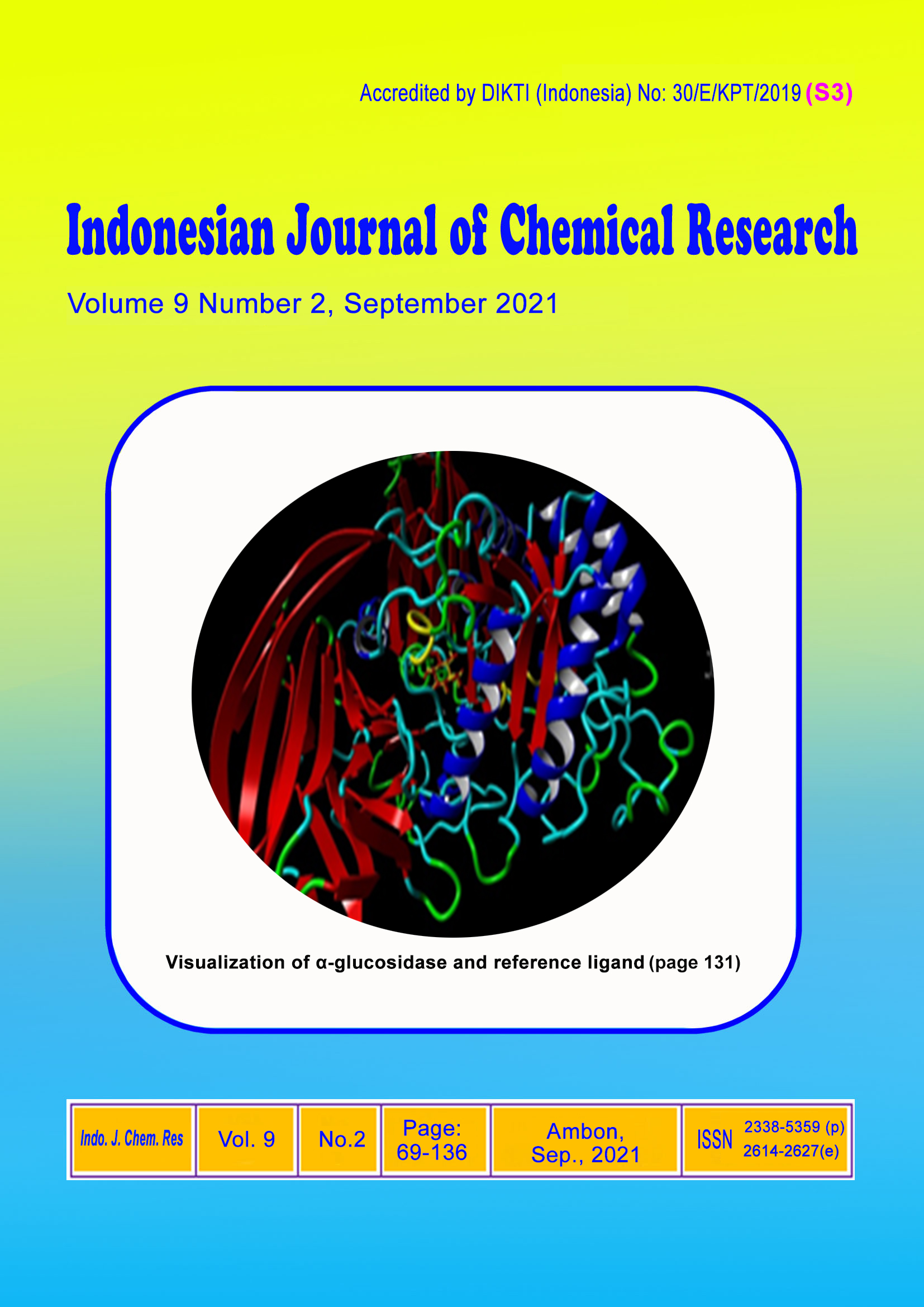Liquid Smoke Fractionation from Dry Distillation of Styrofoam Board Waste to Produces Liquid Fuel
Abstract
Styrofoam waste is difficult to be decomposed by bacteria or microorganisms. Therefore it takes a long time to be decomposed naturally. Styrofoam waste, in general, is a big problem for the survival of living things on earth because there are quite a lot of them. So, if not handled properly can cause environmental pollution. Styrofoam waste is inorganic waste composed of polymers derived from chemicals. Additives from styrofoam are harmful to humans because they are carcinogenic. This study aims to utilize Styrofoam board waste into liquid fuel. Liquid fuel from styrofoam waste has been made successfully through dry distillation and fractionation methods. The result of fractional distillation is 42.00% liquid fuel. Based on the physical properties tests that have already been carried out, including the density test, viscosity, flash point, boiling point, calorific value, and octane number, it turns out that the liquid has characteristics close to the standard gasoline fuel. The MS spectra and the GC chromatogram show that the liquid fuel consists of a mixture of hydrocarbon compounds, namely acetone 0.23%, acetic acid 0.40%, benzene 2.82%, toluene 3.56%, heptane 1.04%, 1-octene 0.26%, butyl ester 4.92%, 2,4-dimethyl-1-heptane 0.32%, p-xylene 13%, the compound with the highest composition was styrene 73.45%.
Downloads
Copyright (c) 2021 I Dewa K Anom

This work is licensed under a Creative Commons Attribution-NonCommercial-NoDerivatives 4.0 International License.
Authors who publish with this journal agree to the following terms:
- Copyright on any article is retained by the author(s).
- The author grants the journal, the right of first publication with the work simultaneously licensed under a Creative Commons Attribution License that allows others to share the work with an acknowledgment of the work’s authorship and initial publication in this journal.
- Authors are able to enter into separate, additional contractual arrangements for the non-exclusive distribution of the journal’s published version of the work (e.g., post it to an institutional repository or publish it in a book), with an acknowledgment of its initial publication in this journal.
- Authors are permitted and encouraged to post their work online (e.g., in institutional repositories or on their website) prior to and during the submission process, as it can lead to productive exchanges, as well as earlier and greater citation of published work.
- The article and any associated published material is distributed under the Creative Commons Attribution-NonCommercial-NoDerivatives 4.0 International License.






_copy1.png)










